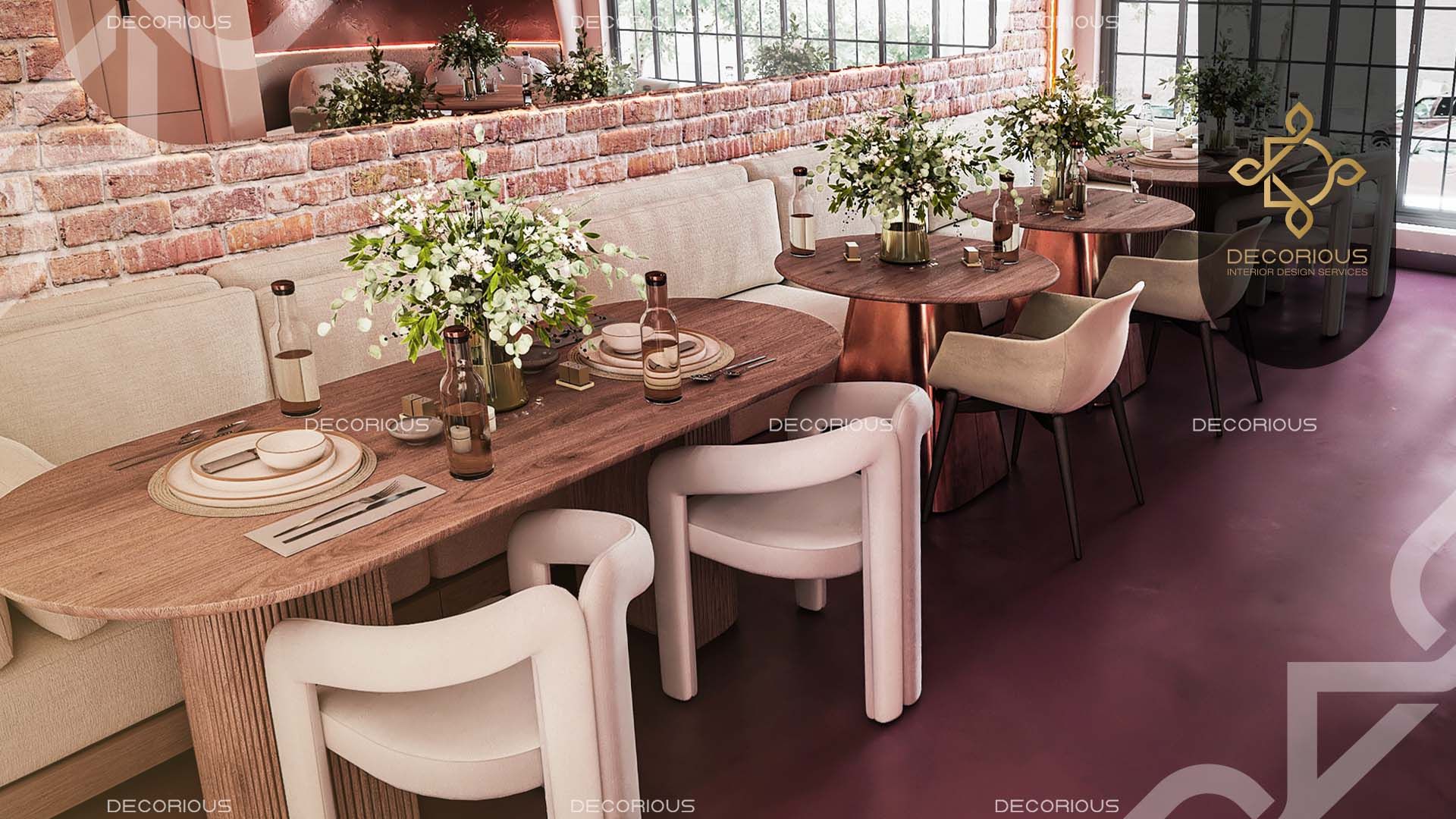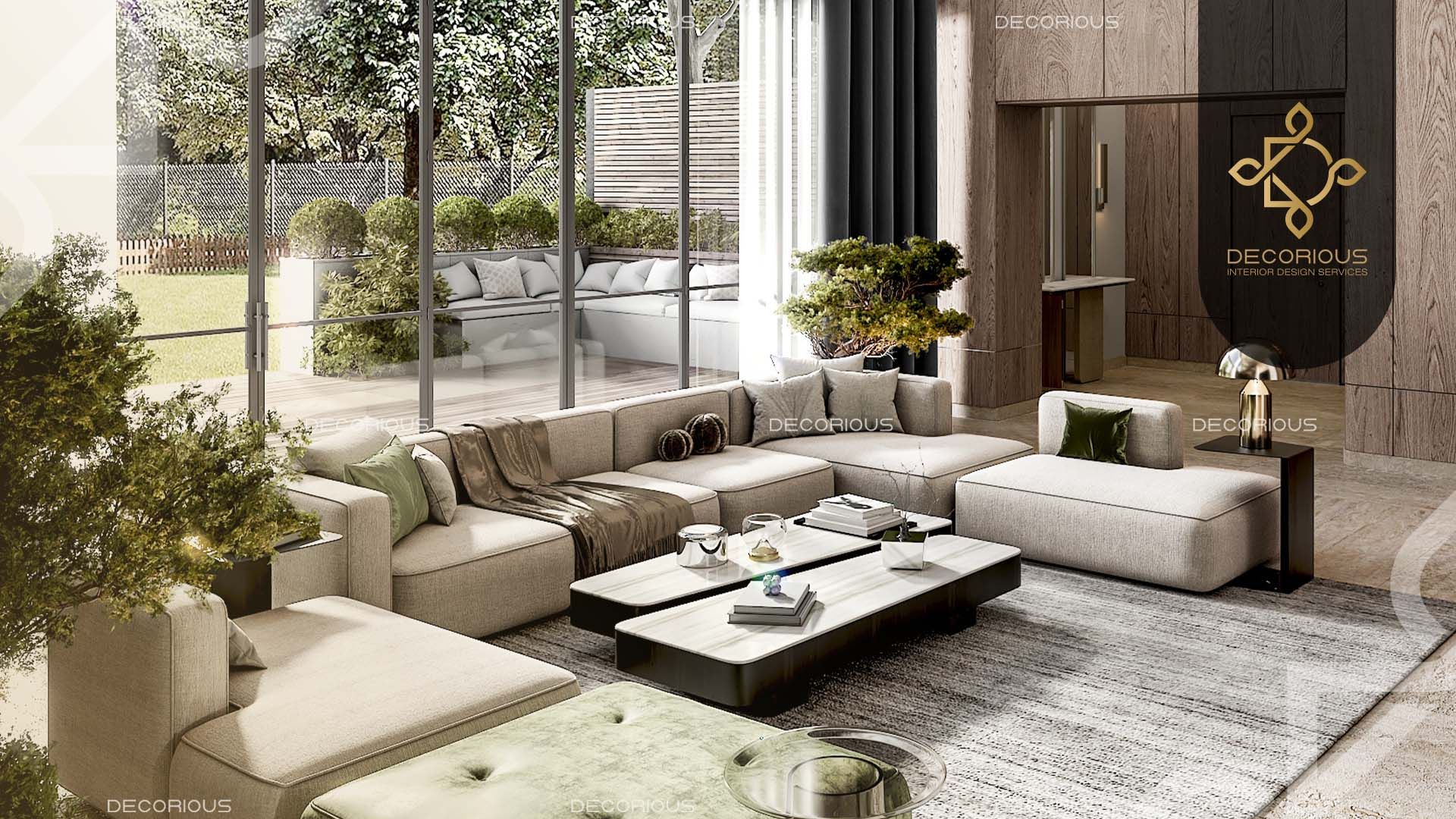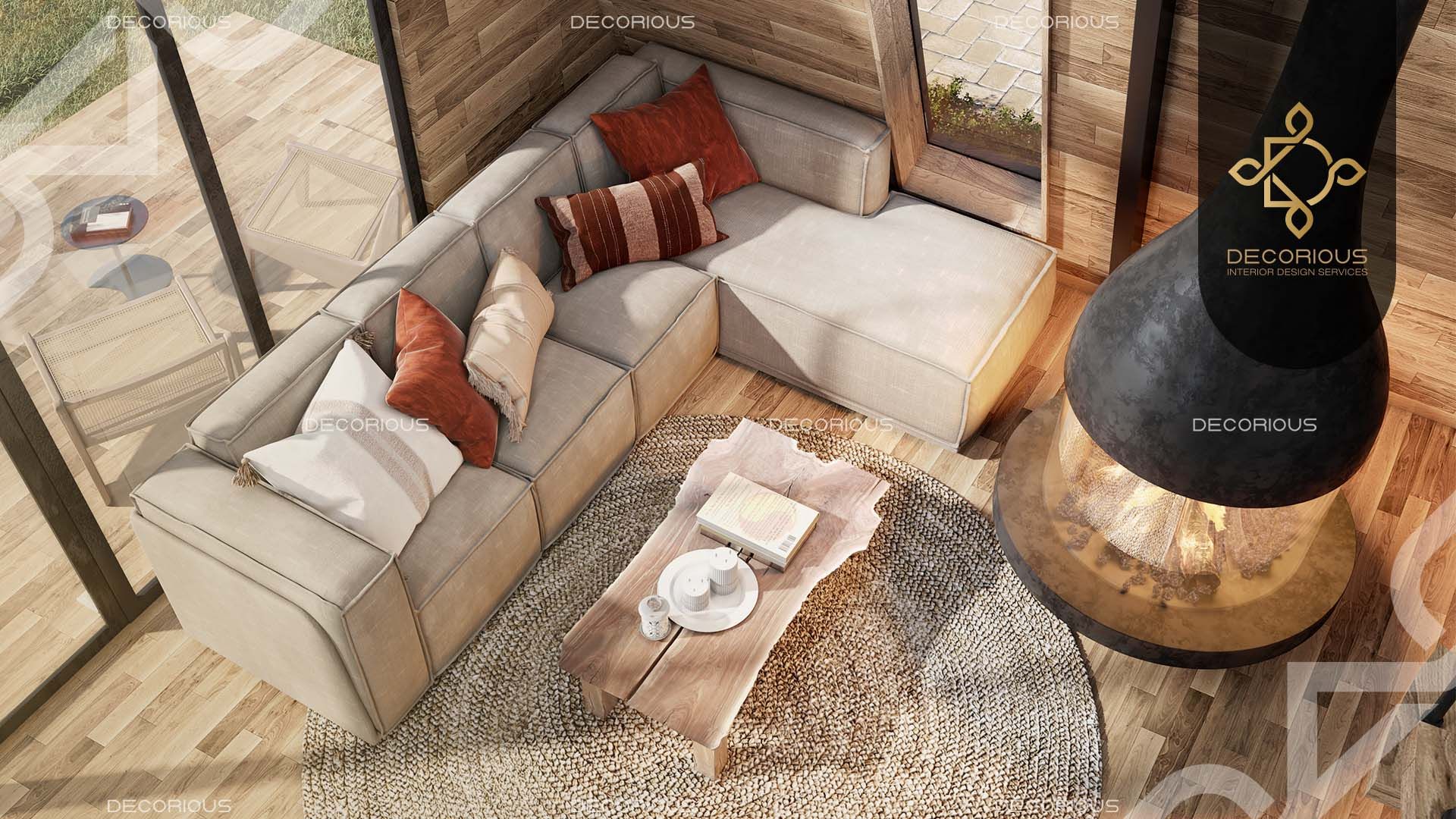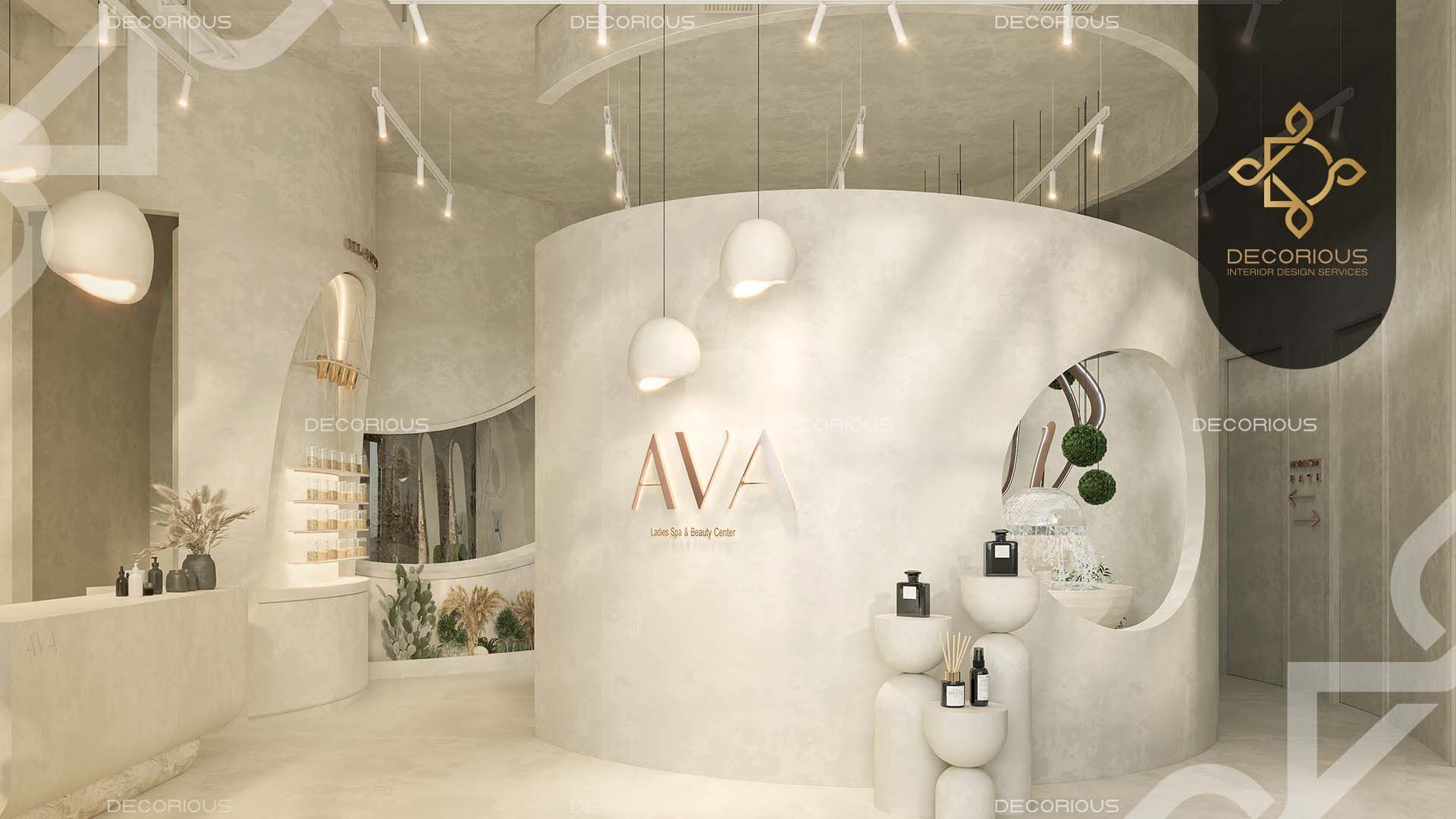
The timeless and appealing neoclassical interior design style expertly combines the beauty of conventional classical aesthetics with a chic, modern sensibility. Neoclassical architecture, which derives from the grandeur of Greco-Roman architecture and is characterized by its symmetrical compositions, intricate craftsmanship, and emphasis on balance, has endured time as a symbol of class and poise.
You'll be able to transform your living spaces into magnificent areas that honor the past while embracing the present by digging into Neoclassical design principles and exploring its main elements, color schemes, furniture, and techniques in this comprehensive book.
What is Neoclassical Interior Design?
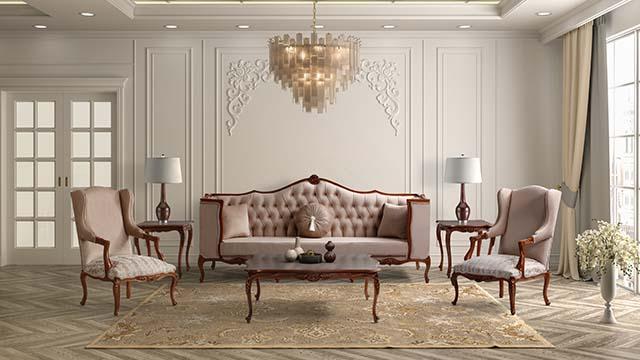
The timeless and magnificent neoclassical interior design style is based on ancient Greece and Rome's classical art and architecture. The goal of neoclassical design is to rebuild the harmony, balance, and order seen in the ancient works of art and architecture. It is defined by its focus on symmetry, clean lines, and a balanced approach to design, which characterizes this style.
Using columns, pilasters, and other classical architectural elements, neoclassical interiors usually have a mellow color palette, beautiful furniture with covert yet elegant artistry, and a regal aspect. Neoclassical interior decoration seeks to create environments that give a sense of grandeur and antiquity.
History of Neoclassical Interior Design
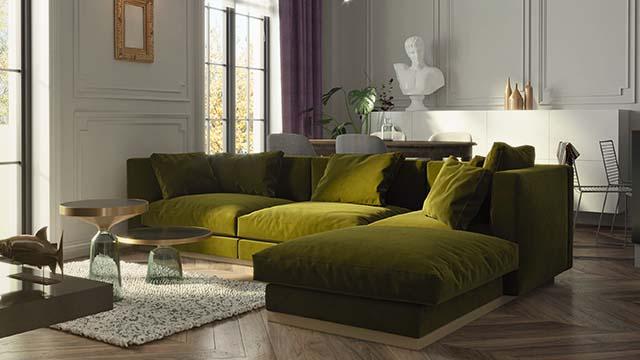
Neoclassical interior design developed in the 18th century as a response to the vast Baroque and Rococo trends, and it was influenced by ancient Greek and Roman art and architecture. Neoclassical furniture had simple lines and little detail, and neoclassical interiors featured architectural elements like columns and pediments.
It placed a great deal of emphasis on balance, simplicity, and symmetry. Restoration of classical ideas continued to influence interior design through the 19th and early 20th centuries, leaving an extensive legacy of class and refinement.
The Characteristics of Neoclassical Design
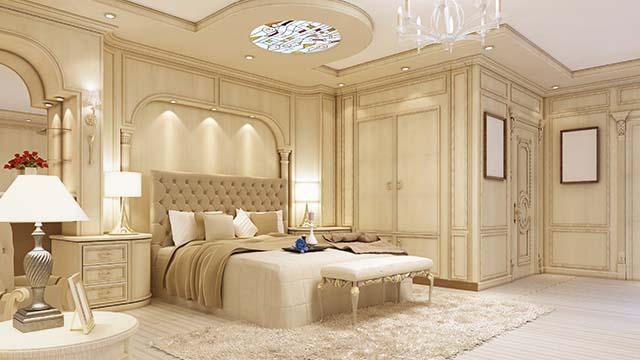
A number of distinctive characteristics that are inspired by the classical art and architecture of ancient Greece and Rome define neoclassical design. The following qualities add to the fashion's enduring elegance and sophisticated appearance:
- Neoclassical interior design places a strong emphasis on symmetry in the organization of its furnishings and architectural components around a central axis. As a result, a sense of harmony and order is created, suggesting the proportions of classical architecture.
- The clean lines and sparse decoration of Neoclassical design contrast with the elaborate embellishments of earlier periods. Furniture and accessories exhibit a tasteful minimalism that draws
attention to the elegance of form and structure.
- Classical architectural features including columns, pilasters, pediments, and arches are frequently used in neoclassical interior design. These design cues honor the splendor of classical Greek and Roman architecture.
- Neoclassical design is distinguished by a muted color scheme. The color palette is predominately white, cream, soft pastels, and subdued grays, which creates a refined and calm ambiance.
- Neoclassical design places a premium on fine craftsmanship. The craftsmanship of talented artisans is evident in the exquisite attention to detail used in the creation of furnishings.
- The look conveys a sense of sophisticated elegance. Furniture is frequently elegant and proportionate, and décor pieces are carefully chosen to enhance the beauty.
- You can find geometric patterns in fabrics, carpets, and other design components, such as Greek key motifs or straightforward borders. These patterns give the room a hint of visual interest without becoming overpowering.
- Neoclassical interiors welcome natural light and frequently have wide windows to accomplish so. Lighting fixtures are thoughtfully chosen to improve the ambiance while upholding the symmetry and beauty of the design.
- Sculptures, paintings, and other works of art with classical influences are frequently shown in neoclassical homes. The cultural and intellectual environment connected with the style is enhanced by these works of art.
Tips for a Neoclassical Interior
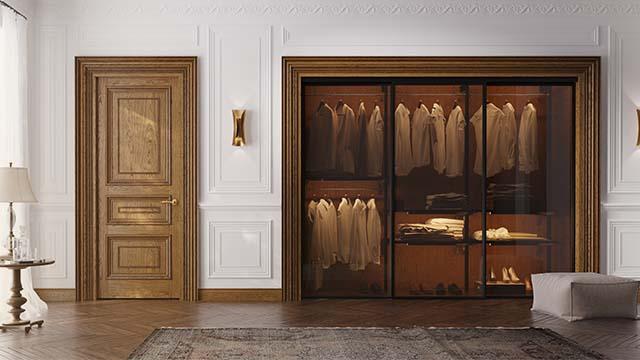
By placing furniture and other items around a single focal point, you can embrace symmetry. The usage of classical architectural elements like columns and arches may likewise inspire a period of timeless beauty.
Spend money on high-quality furniture with clean, unadorned lines and a neutral color palette of whites, creams, and soft grays. Selecting lovely lighting fixtures will add to the room's elegance. You could also utilize materials like wood, marble, and bronze to create a premium tactile experience and include subtle geometric patterns for aesthetic appeal.
Keep the space open and clean, choose sculptures and pieces of art that keep to
Neoclassical ideals, and utilize reflective surfaces to reflect light. By thoughtfully combining these elements, you may produce a Neoclassical style that resonates with timelessness and elegant aesthetics.
Using Neoclassical Interior Design in Your Home
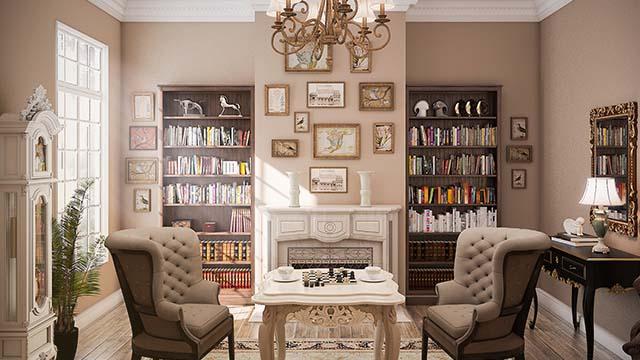
Your house may become a refuge of timelessly elegant style and sophisticated aesthetics by using Neoclassical interior design. Start by using symmetry as your guiding concept. To get a cohesive plan, place all of your furniture and decorative items along the middle axis.
To convey the grandeur of antiquity, use classical architectural features such as columns, pediments, and arches. To create a calm atmosphere, choose a restrained color scheme consisting of whites, creams, and gentle pastels. Invest in well-made furniture with simple designs and little embellishment, adding tactile richness with materials like wood and marble.
Incorporate mirrors in key locations to increase natural light and heighten the impression of space and choose lighting fixtures that radiate sophistication and balance.
Furniture and Furnishings
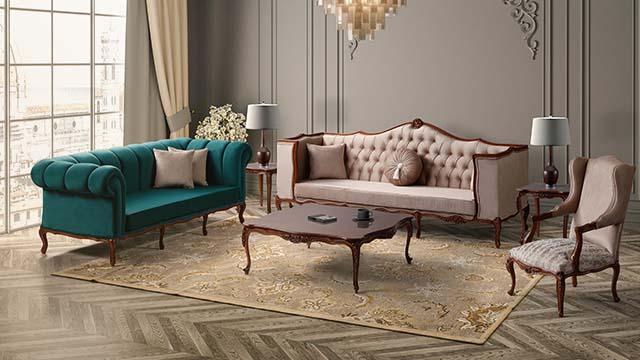
The core of Neoclassical interior design is furniture and furnishings, where traditional silhouettes, fine craftsmanship, and an emphasis on balance rule supreme. Choose items that mirror the exquisite simplicity of the design by having smooth, curved lines and delicate decorative accents. Furniture should be arranged symmetrically to create harmony, with neutral upholstery and excellent materials like marble and wood being preferred.
Include statement pieces like beds with canopies or console tables to act as focal points and choose décor accents that gently nod to classical themes. Neoclassical decor and furniture enhance your area with timelessness and elegant elegance while balancing aesthetics with comfort and efficiency.
Read more:
Space Planning in Interior Design: An Ultimate Guide
Flooring and Rugs
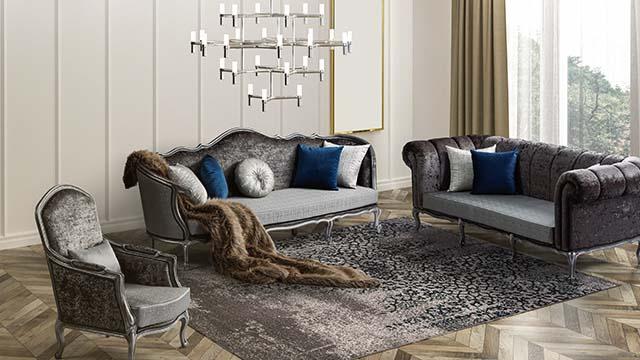
A real Neoclassical room must include flooring and carpets, which represent the beauty and balance of the design. Choose marble flooring for a look of traditional richness or go with muted hardwood tones for a more neutral foundation. Layer pricey area rugs with traditional designs like Greek key patterns or borders to soften the room and preserve an understated elegance.
Incorporate delicate geometric patterns or inlays for further visual intrigue. Choose high-quality fabrics with textures that add to the design's tactile richness, and make sure the rug is placed symmetrically along the room's central axis. The overall harmony and polished beauty of the room are improved by matching flooring and carpets to Neoclassical principles.
Lighting Fixtures
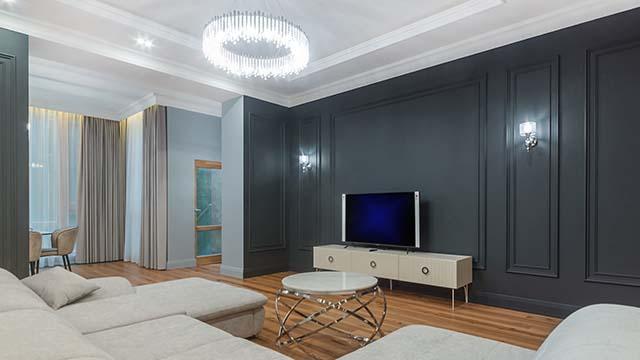
Neoclassical interior design relies heavily on lighting fixtures, which elegantly combine beauty and utility. Wall sconces on each side of mirrors or artworks retain symmetry while serving as fascinating focal points in chandeliers with traditional shapes and crystal embellishments. Focused illumination from pendant lights that have elegant forms and classic components like polished nickel or brass improves the look.
Make sure that fixtures are in proportion to the size of the space and use muted colors for a mellow light. Strategically place lights to draw attention to architectural elements and use sheer drapes to welcome natural light. By deliberately incorporating these fixtures, you can give your room the balance, sophistication, and cozy brightness that define Neoclassicism.
Related:
Principles of Lighting in Interior Design
Neoclassical vs. Contemporary interior design

Interior design in the neoclassical and modern eras displays conflicting aesthetics and ideas. Neoclassical style places an emphasis on symmetry, proportion, and intricate details and takes its cues from the classical art and architecture of ancient Greece and Rome.
It has classic elegance, a muted color scheme, and architectural details like columns and pediments. On the other hand,
Contemporary interior design is grounded in the here and now and emphasizes simplicity, clear lines, and an uncluttered look. It frequently uses cutting-edge materials, open floor plans, and serene color palettes, emphasizing utility and embracing the idea that "less is more." Contemporary design expresses the essence of modern life with a focus on simplicity and cutting-edge aesthetics, in contrast to Neoclassical style, which emanates historical grandeur and cultural significance.
Neoclassical Interior Design Examples
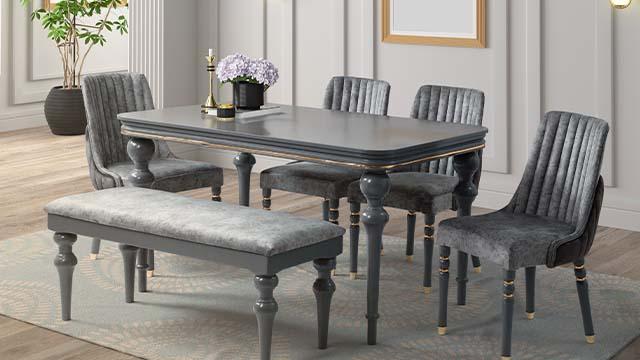
A crystal chandelier adorns the domed ceiling above a grand foyer's marble floor, which is framed by fluted columns to create an extravagant Neoclassical entrance. Long oak table and upholstered chairs with delicate Greek key designs are shown in a formal dining room that is symmetrically lit by wall sconces and has a mirrored wall behind it.
Equivalent couches, a marble fireplace, antique statues, and elaborate crown moldings make up a royal living room, which exudes balance and elegance. A canopy bed with drapes, plush materials, and a chandelier creates an extravagant atmosphere in a Neoclassical bedroom. Finally, a study emphasizes intellectual pursuits in a chic Neoclassical setting with rich wood paneling, built-in bookcases, and a desk with Greek key details.
FAQs
What distinguishes neoclassical interior design from other classical styles?
The focus on simplicity, symmetry, and clear lines in neoclassical interior design sets it apart from other classical designs. Neoclassical design, which draws its influence from the elegant proportions and sparse adornment of ancient Greek and Roman buildings, contrasts the intricate details of Baroque with the whimsical curves of Rococo. It is distinguished by the use of traditional architectural features like columns and pediments while retaining a refined understatement.
Can neoclassical design be adapted for smaller living spaces?
Smaller living areas may definitely benefit from neoclassical design. Lighter color schemes will help you make the most of a small area by giving it an airy atmosphere. Consider multi-functional items and choose furniture with slim profiles. To maintain the symmetrical arrangement and increase the sense of space, arrange the furniture symmetrically along the main axis. Smaller rooms might benefit from the depth and visual extension that mirror placement can give.
Are there any specific color combinations that work best for neoclassical interiors?
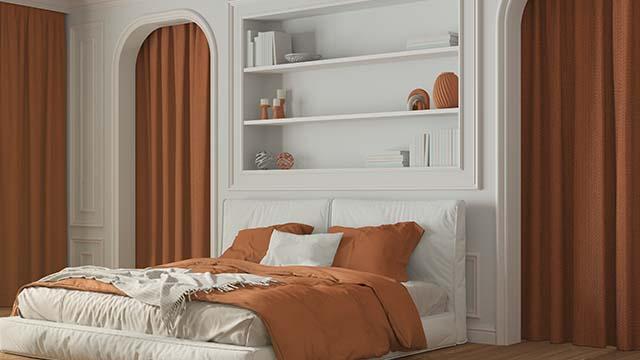
A neutral color scheme with muted tones including creams, whites, grays, and soft pastels is a common aspect of neoclassical interiors. These colors provide a classic and refined atmosphere. Gold, bronze, or rich wood accents may give refinement and warmth to the room, complementing the traditional design.
What are some common mistakes to avoid when attempting neoclassical interior design?
Overcrowding the area with pointless adornment is a typical error that can take away from the symmetry and clean lines of the design. A room should not have mismatched furniture types or be excessively crowded with items. Instead, emphasize quality over quantity, making sure that each component adds to the overall unified design.
How can lighting play a crucial role in enhancing the neoclassical ambiance of a room?
The Neoclassical aesthetic is greatly enhanced by lighting. Select classic-looking chandeliers, sconces, or pendant lights with metal or crystal accents. Warm, inviting lighting may accentuate architectural details like moldings or columns while also fostering a welcoming ambiance. Make sure the light is distributed evenly to preserve the symmetry of the design.
Can neoclassical design be successfully applied to non-residential spaces, such as offices or restaurants?

The beauty and refinement of neoclassical design may be seen in non-residential places like offices or restaurants. Nevertheless, adjustments can be required to meet functional needs. Put your attention on combining traditional architectural features, a muted color scheme, and high-quality furniture. Think about how the timeless appeal of neoclassical style may be preserved while being adapted to the unique requirements and branding of the business space.
Conclusion
Nеoclassical intеrior dеsign artfully mеrgеs thе luxury of anciеnt civilizations' dеsigns with thе sеnsibilitiеs of modеrn lifе. Charactеrizеd by symmеtrical dеsigns, mutеd color schеmеs, and distinctivе architеctural fеaturеs, it еvokеs a sеnsе of timеlеss, polishеd еlеgancе. Embracing thе Nеoclassical approach guidеs you towards crеating spacеs of lasting bеauty and rеfinеmеnt.
So, let our expert designers at
Decorious Interior Design Company be your guide as you turn your interiors into a display of harmony, balance, and classic beauty.


 The timeless and appealing neoclassical interior design style expertly combines the beauty of conventional classical aesthetics with a chic, modern sensibility. Neoclassical architecture, which derives from the grandeur of Greco-Roman architecture and is characterized by its symmetrical compositions, intricate craftsmanship, and emphasis on balance, has endured time as a symbol of class and poise.
The timeless and appealing neoclassical interior design style expertly combines the beauty of conventional classical aesthetics with a chic, modern sensibility. Neoclassical architecture, which derives from the grandeur of Greco-Roman architecture and is characterized by its symmetrical compositions, intricate craftsmanship, and emphasis on balance, has endured time as a symbol of class and poise. 











